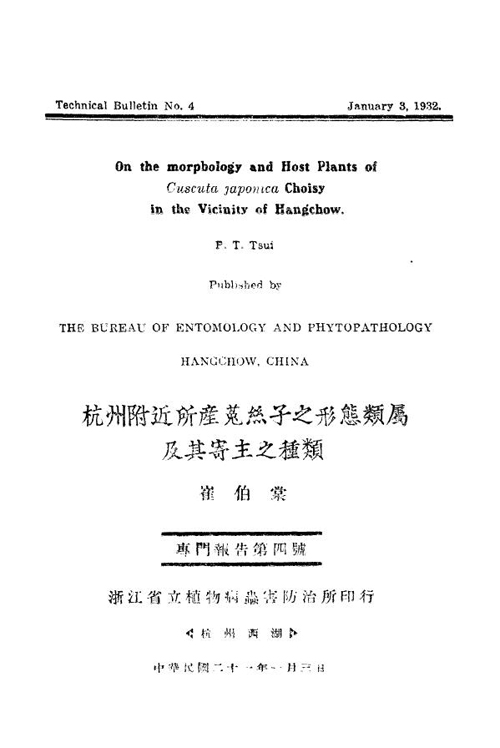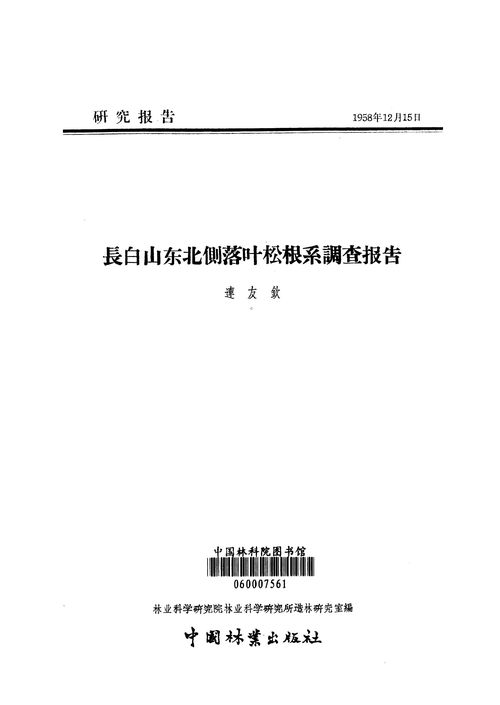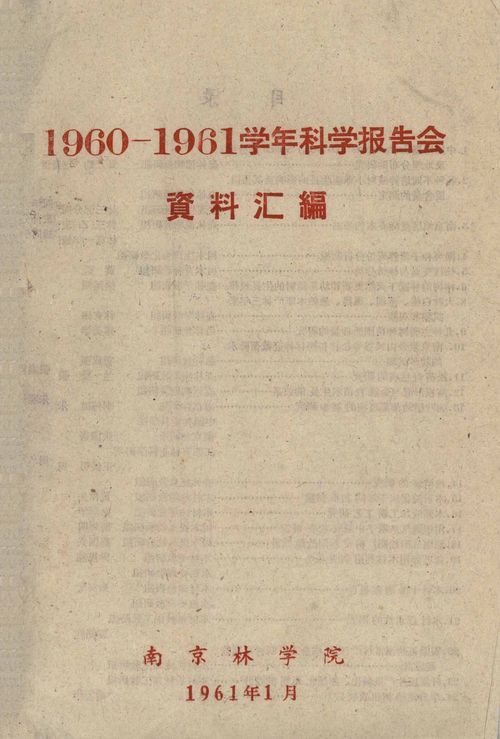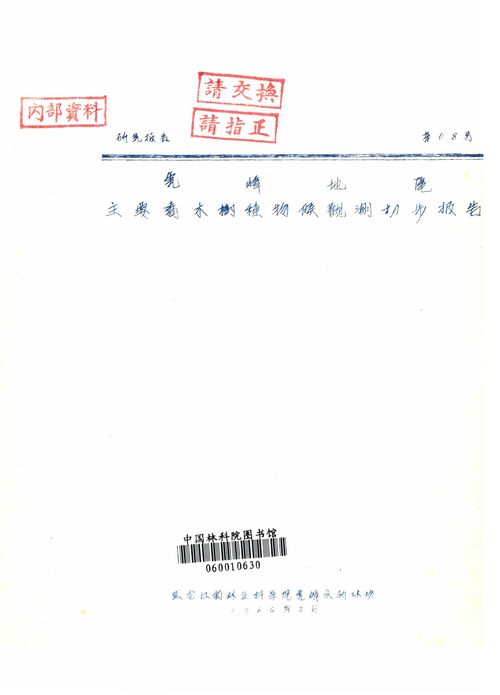
乔木滞留大气颗粒物能力及其与叶表面微结构关系
编号
lyqk009912


中文标题
乔木滞留大气颗粒物能力及其与叶表面微结构关系


作者
李晓璐
叶锦东
章剑
周毅烈
袁楚阳
于慧
张天然
黄芳
张贵豪
邵锋


作者单位
1. 浙江农林大学风景园林与建筑学院 杭州 311300;
2. 北京林业大学园林学院 北京 10008;
3. 缙云县林业局 浙江丽水 321400


期刊名称
中国城市林业


年份
2022


卷号
20


期号
3


栏目名称
研究论文


中文摘要
植物在净化城市大气颗粒物方面发挥着重要作用,为了明晰不同植物滞留大气颗粒物的能力差异及其与叶表面微观结构的关系,文章以杭州地区10种常见乔木为研究对象,采用重量分析法,结合SEM/EDS技术和ImageJ软件,观测叶表面微观结构,量化植物滞留大气颗粒物能力,并分析颗粒物的来源。结果表明:10种乔木单位叶面积滞留颗粒物质量存在显著差异,其中二球悬铃木、榔榆和桂花滞留各粒径颗粒物的能力均较强,水杉和无患子滞留TSP和PM10的能力较强,玉兰和木荷滞留各粒径颗粒物的能力均较弱;叶表面存在皱褶、密集深沟槽、蜡质和突起等结构的乔木,有利于颗粒物的滞留,而叶表面平坦、沟槽较宽的乔木滞留颗粒物的能力较弱;叶片表面的沟槽宽度与叶片滞留PM2.5质量呈显著负相关关系;C和O元素存在于所有被测颗粒物中,且含量较高;大多数乔木叶片上存在N、Mg、Al、Si和K元素;叶片上滞留的颗粒物主要来自汽车尾气和土壤扬尘。因此,在城市绿化建设中应结合对滞留颗粒物有利的叶表面微观结构特征选择并推广相应树种。


基金项目
国家自然科学基金基于局地气候区分类的城市热环境时空变化特征及其主要景观驱动因子研究(51508515)


英文标题
Atmospheric Particle Retention Capacity of Trees and Its Relationship with Leaf Surface Microstructure


作者英文名
Li Xiaolu, Ye Jindong, Zhang Jian, Zhou Yilie, Yuan Chuyang, Yu Hui, Zhang Tianran, Huang Fang, Zhang Guihao, Shao Feng


单位英文名
1. School of Landscape Architecture, Zhejiang Agricultureand Forestry University, Hangzhou 311300, China;
2. College of Landscape Architecture, Beijing Forestry University, Beijing 100083, China;
3. Jinyun County Forestry Bureau, Lishui 321400, Zhejiang, China


英文摘要
Plants play an important role in purifying urban atmospheric particulate matter (PM). To clarify the difference in the atmospheric particle retention capacity of different trees species and its relationship with leaf surface microstructure, this study selects ten common tree species in Hangzhou to observe the microstructure of leaf surface, evaluate the PM retention capacity and analyze the sources of particulate matter using the rinse and weigh method combined with SEM/EDS technology and ImageJ software. The results show that there are significant differences in the mass of retained particulate matter per unit leaf area among the ten species. Platanus acerifolia, Ulmus parvifolia and Osmanthus fragrans present a high retention capacity of the PM of all sizes. Metasequoia glyptostroboides and Sapindus mukorossi have higher capacity to retain TSP and PM10, while Magnolia denudata and Schima superba have a low capacity to retain particles of all sizes. The species whose leaf surfaces have a large number of wrinkles, dense deep grooves, wax, protrusions, etc. are good for particle retention, while those with flat and wide-groove leaf surface has a low capacity to retain particles. The adaxial groove width of leaf surface has a significant negative correlation with the retained PM2.5 mass. C and O elements are found in all the particles determined, whose content is high, and N, Mg, Al, Si, and K elements are present on the leaves of most trees. The main sources of particulate matter retained on the leaves are automobile exhaust and soil dust. Therefore, tree species with leaf surface microstructure beneficial to PM retention should be selected and extended in urban landscaping.


英文关键词
tree;atmospheric particulate matter;retention capacity;leaf surface microstructure;Hangzhou


起始页码
22


截止页码
28,120


投稿时间
2020-09-06 00:00:00


作者简介
李晓璐(1996-),女,博士生,研究方向为园林植物应用与园林生态。E-mail:xiaoluli@bjfu.edu.cn


通讯作者介绍
邵锋(1979-),男,博士,副教授,研究方向为园林植物应用与园林生态。E-mail:shaofeng@zafu.edu.cn


E-mail
shaofeng@zafu.edu.cn


DOI
10.12169/zgcsly.2020.09.06.0001


参考文献
[1] 杜鹏瑞,杜睿,任伟珊.城市大气颗粒物毒性效应及机制的研究进展[J].中国环境科学,2016,36(9):2815-2827.
[2] SCHULTZ E S,LITONJUA A,MELÉ N E.Effects of long-term exposure to traffic-related air pollution on lung function in children[J].Current Allergy and Asthma Reports,2017,17(6):41.
[3] 周惠玲,洪新如,黄惠娟,等.PM2.5对成人及胎儿心血管系统不良效应[J].中国公共卫生,2017,33(1):30-34.
[4] POPE III C A,COLEMAN N,POND Z A,et al.Fine particulate air pollution and human mortality:25+years of cohort studies[J].Environmental Research,2020,183:108924.
[5] WANG C P,HAO L P,LIU C,et al.Associations between fine particulate matter constituents and daily cardiovascular mortality in Shanghai,China[J].Ecotoxicology and Environmental Safety,2020,191:110154.
[6] AL-KINDI S G,BROOK R D,BISWAL S,et al.Environmental determinants of cardiovascular disease:lessons learned from air pollution[J].Nature Reviews Cardiology,2020,17(10):656-672.
[7] AUNAN K,MA Q,LUND M T,et al.Population-weighted exposure to PM2.5 pollution in China:an integrated approach[J].Environment International,2018,120:111-120.
[8] QIN H Q,HONG B,JIANG R S,et al.The effect of vegetation enhancement on particulate pollution reduction:CFD simulations in an urban park[J].Forests,2019,10(5):373.
[9] 张桐,洪秀玲,孙立炜,等.6种植物叶片的滞尘能力与其叶面结构的关系[J].北京林业大学学报,2017,39(6):70-77.
[10] 王琴,冯晶红,黄奕,等.武汉市15种阔叶乔木滞尘能力与叶表微形态特征[J].生态学报,2020,40(1):213-222.
[11] 赵云阁,鲁笑颖,刘斌,等.夏季绿化树种滞留PM2.5与叶片微形态特征研究[J].水土保持研究,2016,23(6):52-58.
[12] PERINI K,OTTELÉ M,GIULINI S,et al.Quantification of fine dust deposition on different plant species in a vertical greening system[J].Ecological Engineering,2017,100:268-276.
[13] 孙应都,陈奇伯,李艳梅,等.昆明市6个绿化树种叶表微结构与滞尘能力的关系研究[J].西南林业大学学报(自然科学),2019,39(3):78-85.
[14] 李恩宝,刘美华,吕连宏,等.临安市8种绿化植物滞尘能力及光合响应差异[J].森林与环境学报,2017,37(2):236-240.
[15] YIN S,ZHANG X Y,YU A,et al.Determining PM2.5 dry deposition velocity on plant leaves:an indirect experimental method[J].Urban Forestry&Urban Greening,2019,46:126467.
[16] ZHANG X Y,LYU J Y,HAN Y J,et al.Effects of the leaf functional traits of coniferous and broadleaved trees in subtropical monsoon regions on PM2.5 dry deposition velocities[J].Environmental Pollution,2020,265:114845.
[17] 杨佳,王会霞,谢滨泽,等.北京9个树种叶片滞尘量及叶面微形态解释[J].环境科学研究,2015,28(3):384-392.
[18] 孙晓丹,李海梅,孙丽,等.8种灌木滞尘能力及叶表面结构研究[J].环境化学,2016,35(9):1815-1822.
[19] 刘斌,鲁绍伟,李少宁,等.北京大兴6种常见绿化树种吸附PM2.5能力研究[J].环境科学与技术,2016,39(2):31-37.
[20] KWAK M J,LEE J,KIM H,et al.The removal efficiencies of several temperate tree species at adsorbing airborne particulate matter in urban forests and roadsides[J].Forests,2019,10:960.
[21] BECKETT K P,FREER-SMITH P H,TAYLOR G.The capture of particulate pollution by trees at five contrasting urban sites[J].Arboricultural Journal,2000,24(2/3):209-230.
[22] PRZYBYSZ A,SÆBØ A,HANSLIN H M,et al.Accumulation of particulate matter and trace elements on vegetation as affected by pollution level,rainfall and the passage of time[J].Science of the Total Environment,2014,481:360-369.
[23] SUN C W,LUO Y,LI J.Urban traffic infrastructure investment and air pollution:evidence from the 83 cities in China[J].Journal of Cleaner Production,2018,172:488-496.
[24] KLEEMAN M J,SCHAUER J J,CASS G R.Size and composition distribution of fine particulate matter emitted from motor vehicles[J].Environmental Science and Technology,2000,34(7):1132-1142.
[25] KAYHANIAN M.Trend and concentrations of legacy lead (Pb) in highway runoff[J].Environmental Pollution,2012,160:169-177.
[26] SHINYA M,FUNASAKA K,KATAHIRA K,et al.Lead isotope ratios in urban road runoff[J].Water Science&Technology,2006,53(2):185-191.
[27] UEXKVLL O V,SKERFVING S,DOYLE R,et al.Antimony in brake pads-a carcinogenic component?[J].Journal of Cleaner Production,2005,13(1):19-31.
[28] 任荣富,解怀生,简中华,等.浙江省天目山地区土壤地质与地球化学特征[J].地球科学与环境学报,2008,30(1):49-53.
[29] SHAO F,WANG L H,SUN F B,et al.Study on different particulate matter retention capacities of the leaf surfaces of eight common garden plants in Hangzhou,China[J].Science of the Total Environment,2019,652:939-951.
[30] MAHER B A,AHMED I A M,DAVISON B,et al.Impact of roadside tree lines on indoor concentrations of traffic-derived particulate matter[J].Environmental Science and Technology,2013,47:13737-13744.


PDF全文
浏览全文


-
相关记录
更多
- 植物叶面吸附与吸收PM_(2.5)等颗粒物中重金属研究进展 2022
- 园林植物表面对大气颗粒物削减过程研究进展 2021
- 黔北金佛山方竹林质量及其影响因素 2024
- 城市绿地乔木固碳能力及碳抵消效果评估 2024
- 郊野型绿道驿站综合评价与营建策略 2022
- 不同气象条件下北京市绿地植物群落对大气颗粒物消减作用 2022
 打印
打印





